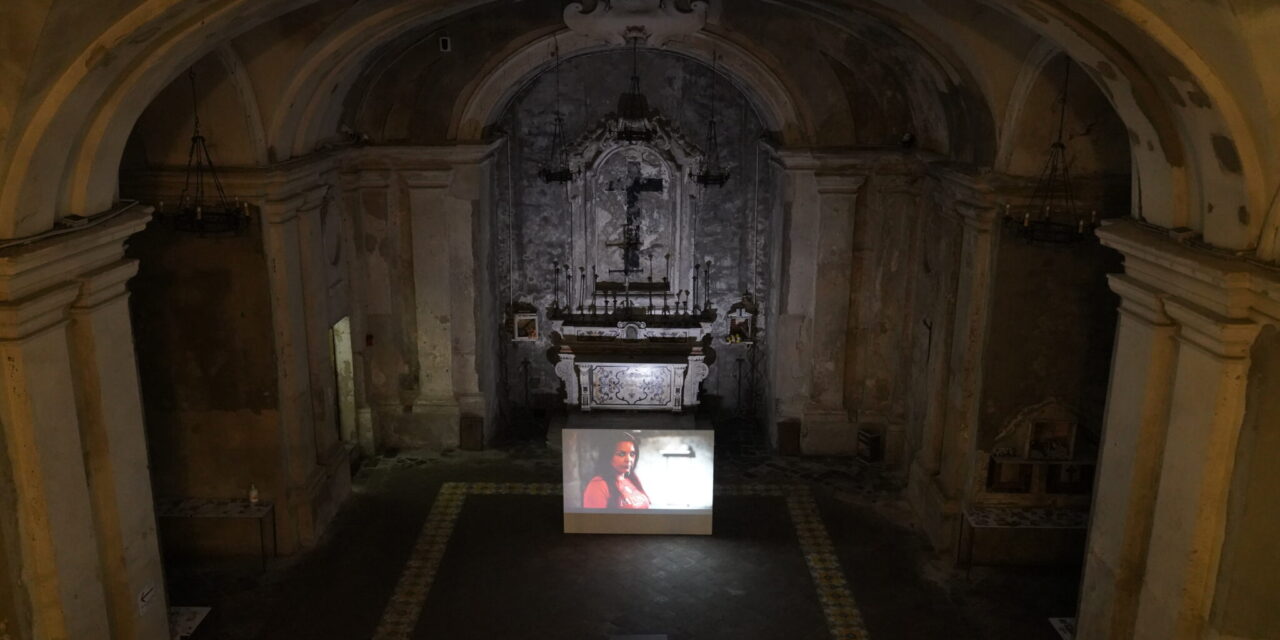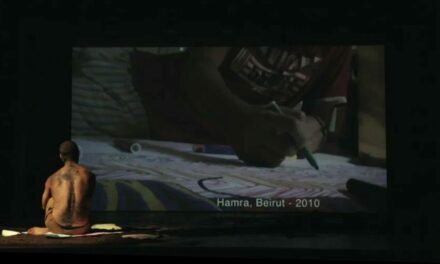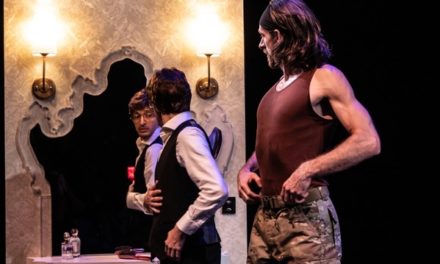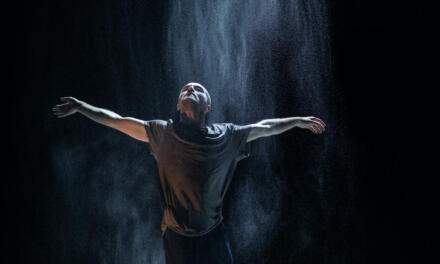The Museum Complex of Santa Maria delle Anime del Purgatorio ad Arco, in the ancient center of Naples, is a unique place in the world (https://www.purgatorioadarco.it/en/). The church was built in the 17th century and is a jewel of Baroque art. Its hypogeum is an impressive expression of the link between life and death: since the 18th century, in this underground church are kept anonymous human remains of the poor. It cannot be considered only a urban cemetery of the past, but an extraordinary place of popular devotion: in fact, Neapolitan people traditionally consider the souls of the dead beggars, buried there for charity, as special intermediaries for invocations, prayers, requests for intercessions.
The symbolism of the skull, also present in front of the church in the famous via dei Tribunali, is a “memento mori” that also serves as a “memento vivi”: death is part of human life, and respecting the souls of the dead helps to live with a different spirit. For this reason, for centuries, the Neapolitans have venerated and kept the skulls and bones of unknown dead in niches and altars along the walls of the hypogeum, visiting them regularly, offering flowers and candles, and invoking as personal protectors. A special attention is dedicated to the remains of Lucia, a young girl who died in tragic circumstances, which are preserved in a fascinating altar. Around her, there are always flowers and many votive offerings – especially by women who want to marry or become mothers.
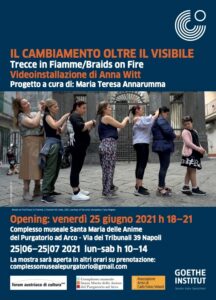
Braids on Fire, poster. Courtesy of the Museum Complex of Santa Maria delle Anime del Purgatorio ad Arco in Naples.
From June 25th to July 25th, 2021, the hypogeum hosted Braids on Fire, a video installation by the international artist Anna Witt. It is the result of the artist residency The Change beyond the Visible, in collaboration with the Goethe Institut in Naples, the Austrian Cultural Forum in Rome, the Association “Amici di Carlo Fulvio Velardi Onlus”, and the Museum Complex of Santa Maria delle Anime del Purgatorio ad Arco. The curator Maria Teresa Annarumma had this idea in 2020, during the first pandemic lockdown: «There was widespread debate, both here in Italy and internationally, about what was missed during this time: social relation, closeness and social life. It was imagined that this new consciousness of what matters in life would bring change, even revolution. I recognized that many of these values and behaviors which, it was argued, were lost and should be rediscovered, were very much part of existing Neapolitan social convention. Even if Naples – like every contemporary metropolitan town – lives with constant change, what seems to be fixed in the life of its inhabitants is the inescapable necessity of sociality. In fact, if relations are part of human life, in Naples they are something that you live, in both sharing and confrontation, even as a visitor passing through because it comes with what you face in daily life, where everything: work and leisure, even the simple act of ordering a coffee, involves the negotiation of relationships which need attention, and a degree of involvement».
The forced pause imposed by the pandemic was the perfect moment to reflect on the complexity of Neapolitan reality, and Anna Witt was the perfect partner in realizing this project, as explained Dr. Annarumma:
In fact, working with performances, she is focused on understandings of social dynamics and conventions and how much the individual is capable of shaping the world and her/his own life trajectory. Our starting point was to look more closely at moments of Neapolitan history that have profound resonance for the present and choosing a place like the church of Santa Maria del Purgatorio ad Arco and the district of Forcella, one of the oldest in the city, which is in the historical center but which still remains outside and too often marginalized.
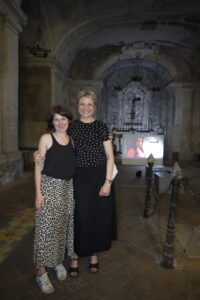
Anna Witt and Maria Teresa Annarumma.
The involvement of a group of women living in Forcella was an important step in defining the social inclusion of the project, and the link between past and present: the care of the poor souls in the church of Purgatory was the responsibility of women, and women – even today – are the only ones to manage family, also because many of them still live under the social control of a patriarchal society. For this reason, were chosen some emblematic female figures of the past, and was opened an ideal dialogue with them, in order to understand better the present and the experience of everyday life in the New Millennium. «It was for all of us – underlines Dr. Annarumma – a way to show how much the significance of women’s action in society is still hidden and continues to be made through struggle. In our project we choose to speak about women from the Neapolitan Revolution (Eleonora Pimentel Fonseca and Luisa Sanfelice), forerunner feminists and activists (Maria Montessori and Lina Merlin), as well as contemporary Neapolitan protagonists who speak for women’s solidarity (Lucia Mastrodomenico), in the hope that we may renew their achievements in the present and for the future. Looking to this history, it was impossible to escape the feeling that while the world has changed in so many ways, women’s struggle is still very much present and – in many ways – it is too similar to what women have lived in the past».
For this reason, Anna Witt imagined to work with the historical heroines of the past and their contemporary transposition in the group of women of Forcella. She created a set of performances in which the care for the souls in Purgatory was transformed: from the traditional practice of faith, it evolved into an inspiring conversation between women of the past and the present, mothers and daughters, old and new generations.
Braids on Fire (2 channels HD video 2021) is a video installation in two parts: one is focused on the conversation, and the other presents the women of Forcella as almost divine creatures in classical frescos, in the urban spaces of their everyday life. Through sisterhood and solidarity, they are capable of becoming visible and estimated in contemporary society and their struggle reveal a deep love for life.
I had the precious opportunity to attend some workshops of the project and the premiere: the extreme care with which this project was carried out is equal to the humanity that is released from each shot. The strength and the delicacy in considering social issues of high relevance, makes this project of global significance, an educational model to be replicated.
This post was written by the author in their personal capacity.The opinions expressed in this article are the author’s own and do not reflect the view of The Theatre Times, their staff or collaborators.
This post was written by Maria Pia Pagani.
The views expressed here belong to the author and do not necessarily reflect our views and opinions.

